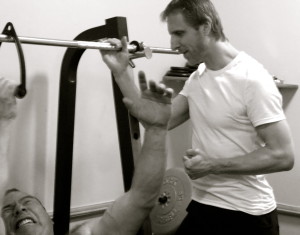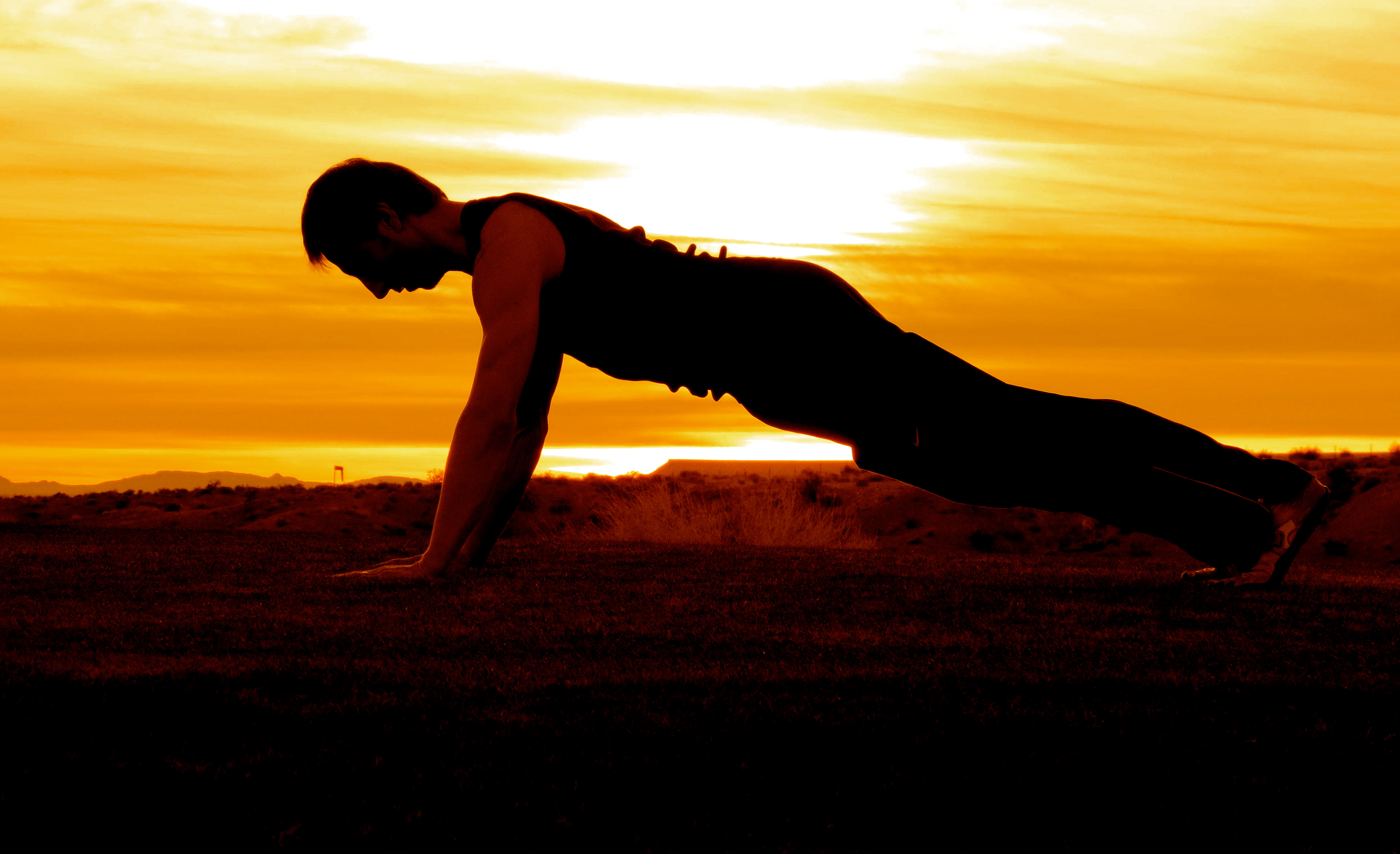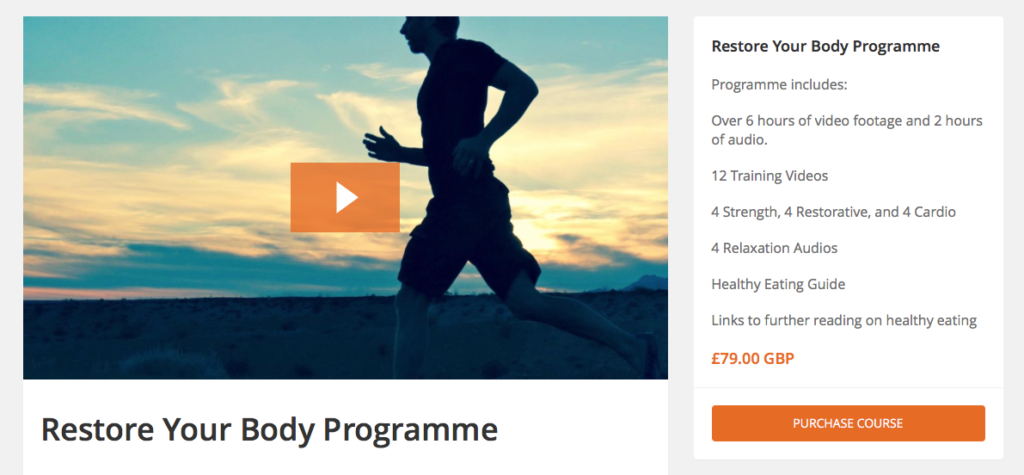Many people have heard of osteoporosis.
Put simply, this is a thinning and weakening of bone tissue, that leaves the body more susceptible to fractures.
More about this in a future blog.
But have you heard of sarcopenia? The age related loss of muscle (lean) tissue. When you lose muscle, you also lose your strength, posture and balance and therefore function for daily life. Plus, your ability to heal is compromised.
Furthermore, because muscle is so metabolically active, your metabolism slows down with muscle loss and you can expect symptoms such as lethargy and weight gain.
You need to find ways to maintain or even increase your lean tissue…read on.
Why does sarcopenia happen?
Put simply, it is part of the aging process. When we are young, we need large amounts of human growth hormone to help our muscle and bones fully develop.
Unfortunately you produce less growth hormone after about the age of 30, and when it declines you age.
Good news though…it’s is also called the fitness hormone because exercise gets it going again! Strength and sprint training recruit vital fast twitch muscle fibres.

Some body builders use dangerous synthetic forms of growth hormone to increase their strength and size, but you can stimulate it naturally.
The Restore Your Body Programme is a potent anti-aging system.
I want you to have a body that feels youthful,
strong and flexible…no matter what age!
Without doubt, it is possible to turn back decades and not just years.
Before reading on, you might want to review the whole programme. Just read this blog and watch a 2 minute video to find out more.
For now, here are 5 tips to maintain and increase your lean tissue:
1 STRENGTH TRAINING – Once a week
This involves either lifting weights or doing body resistance exercises such as press ups and squats. Strength training directly challenges then builds muscle tissue.
Be sure to include a variety of exercises that tax your whole body.
The exercises should be performed slowly and the more experienced you become, the shorter you rest between exercises until eventually you simply move from one exercise to the next.
This means your workout is over in less than 30 minutes and that includes warm up and warm down. An effective session is only required once a week.
If you’re new to strength you can train more often to a lower intensity.
Here is a full routine of strength training.
2 SPRINT TRAINING – Once a week
I haven’t gone for a long run or bike ride in many years. And to raise your fitness to a level you didn’t think possible, you don’t need to either.
The secret to getting really fit and producing lots of human growth hormone lies in short bursts of high intensity exercise. It’s fast, effective and fun!
I have been doing sprint type training since I started martial arts over 30 years ago. What does it do for me?
As well as experiencing great fitness levels, I also have good energy levels throughout that day and I know that I have explosive power if needed.
It does take time to build up to the goal of 8 x 30 second sprints. So start slowly and enjoy the journey.
Read more about sprints and join in with me in real time – Click here for a full routine

3 GET ADEQUATE SLEEP AND PRACTICE RELAXATION TECHNIQUES
Much of your human growth hormone is released during sleep. Get to bed early and aim for around 7 hours sleep. To help with production of melatonin, use a high quality sleep mask so that light doesn’t affect you. Your body is also healing and gaining exercise benefits as you sleep.
Also, stop using your computer, smart phone, TV, tablet, etc at least an hour before going to bed as these can disrupt your sleep. Read, talk, meditate, take a bath, listen to music, make raw chocolate, anything soothing…just drop the screen time.
Stress eats up vital vitamins and minerals so it’s important to take to time chill. The of the six categories of this programme is all about relaxation.
4 EAT A HIGH QUALITY DIET – Every day (well most)
Your diet is the key to success in all areas of fitness. Whether that be fat loss or muscle gain…it’s the same approach. Eat healthy and exercise and your weight will neutralise.
The bulk of your diet should come from vegetables/salad. Enjoy a mix or raw and lightly cooked. However, for muscle building/maintenance you also need to include good quality sources of protein.
For meat eaters, chose local, organic, grass fed meats and fish caught in the wild (check with packaging or your fish shop that you are not buying farmed fish).
You don’t need a lot of meat in one sitting, let meat be a side to your veg. You can also include vegetarian forms of protein below:
Good sources of protein for vegetarians include; eggs (organic), whey (great after strength training), nuts, seeds, beans (more potent when sprouted), and quinoa.
Many vegetables have good levels of protein so that’s another good reason that the bulk of your plate is vegetable based.
You can read up online about the latest advice on soy, but unless fermented, it doesn’t seem to be a healthy food choice.
All forms of grain can be kept to a minimum and even avoided. I have a gluten free form of grain (e.g. buckwheat noodles or quinoa) only once or twice a month.
Another point worth mentioning is to drastically reduce your consumption of sugar as this damage your short term energy and long term health. It is especially important to avoid sugars before, during and after training. Never consume fizzy soda’s, energy drinks or fruit juice of any kind.
Find many blogs about healthy eating here

5 TRY INTERMITTENT FASTING – Once or twice a week
There are numerous studies about the benefits of fasting and evolutionary it’s something that is very natural.
I started playing with this concept about 3 years ago and have experienced fascinating results.
Personally I fast about twice a week for between 16 and 20 hours. I finish dinner around 6pm, then skip breakfast and eat a healthy lunch. Even days that I’m not fasting, there will be 12 to 14 hours between meals.
When I leave for work around 9am to teach a class I am sometimes hungry and tempted to open the raw chocolate draw of our freezer and get stuck in!
However, this is just a patterned response to having always had breakfast. On the days I resist the temptation to eat and return home 3 or 4 hours later I am not hungry any more. When I feel like it, I will prepare a salad and eat it slowly. Another point, when fasting I feel great, have a clear mind and am full of energy!
I find it fascinating to observe and exprience the difference between true hunger and conditioning. I never eat the same time of day and simply follow when I am hungry. And my hunger vary’s depending on when I have been training. Therefore everyday is different…somedays I definitely eat less than others.
Unless you have an eating disorder, are diabetic or pregnant, I recommend you give intermittent fasting a go. It just makes sense to give your digestion a good rest now and then – 2 links here will help you get started.
Beginners guide 1 – A long in depth article from Nerd Fitness
Beginners guide 2 – a great intro from Authority Nutrition, but you have to ignore lots of mini adverts and ‘pop ups’
What to do now
Re – read the 5 points above and chose 2 or 3 to do this week. Then try the others next week. Before long, these practices will be part of your lifestyle and you can look forward to a leaner and stronger body.
Take care, keep in touch with how it goes.
Thanks Danny
TRAIN WITH ME AT HOME WITH MY ONLINE EXERCISE AND LIFESTYLE COURSE
PLEASE SHARE AND RATE THIS BLOG WITH ICONS BELOW


